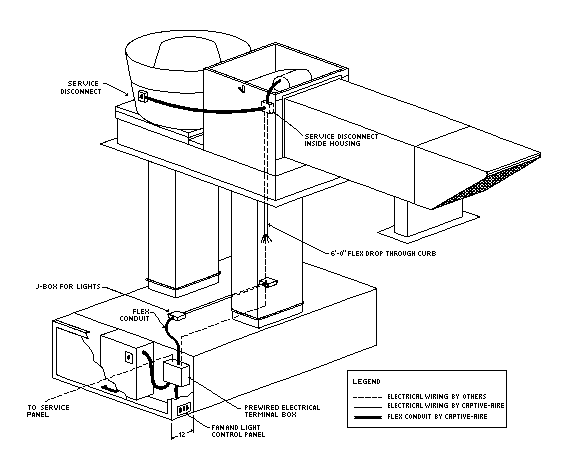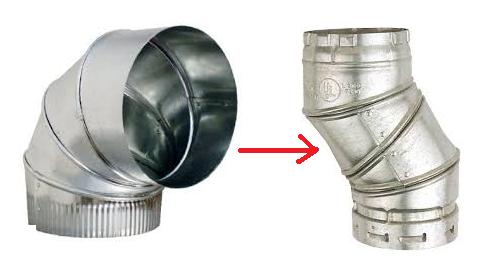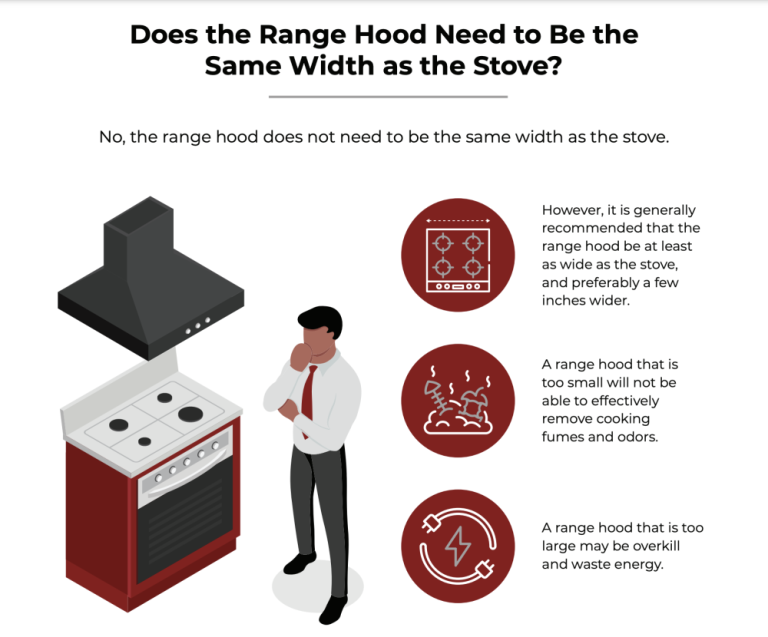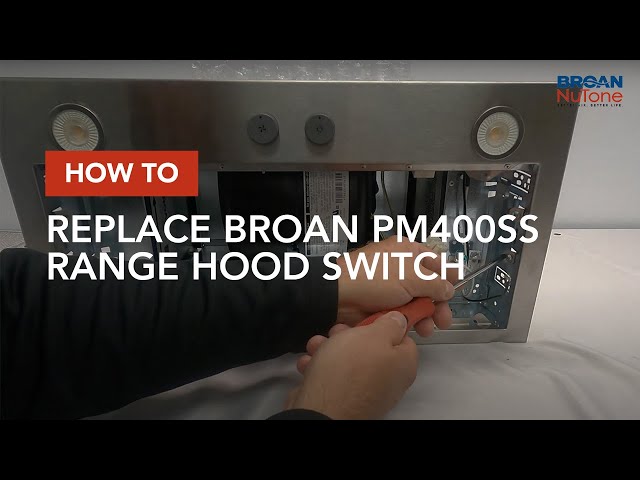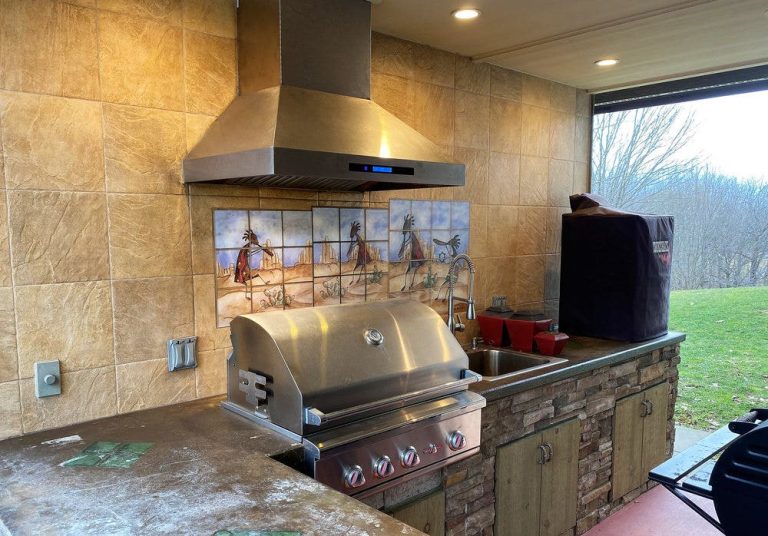Commercial kitchen hood electrical requirements include proper wiring, dedicated circuits, and compliance with local codes. Installations often necessitate a licensed electrician to ensure safety and efficiency.
Operating a commercial kitchen demands strict adherence to electrical standards for hood systems. These hoods play a vital role in removing heat, smoke, and grease from cooking areas, making their electrical setup crucial for safety. Proper installation not only enhances kitchen performance but also ensures compliance with health regulations.
Understanding these electrical requirements helps kitchen managers avoid costly fines and downtime. Focusing on efficient ventilation and safe electrical practices fosters a productive and compliant kitchen environment, ultimately leading to better service and customer satisfaction. Prioritize these elements to ensure your kitchen runs smoothly and safely.
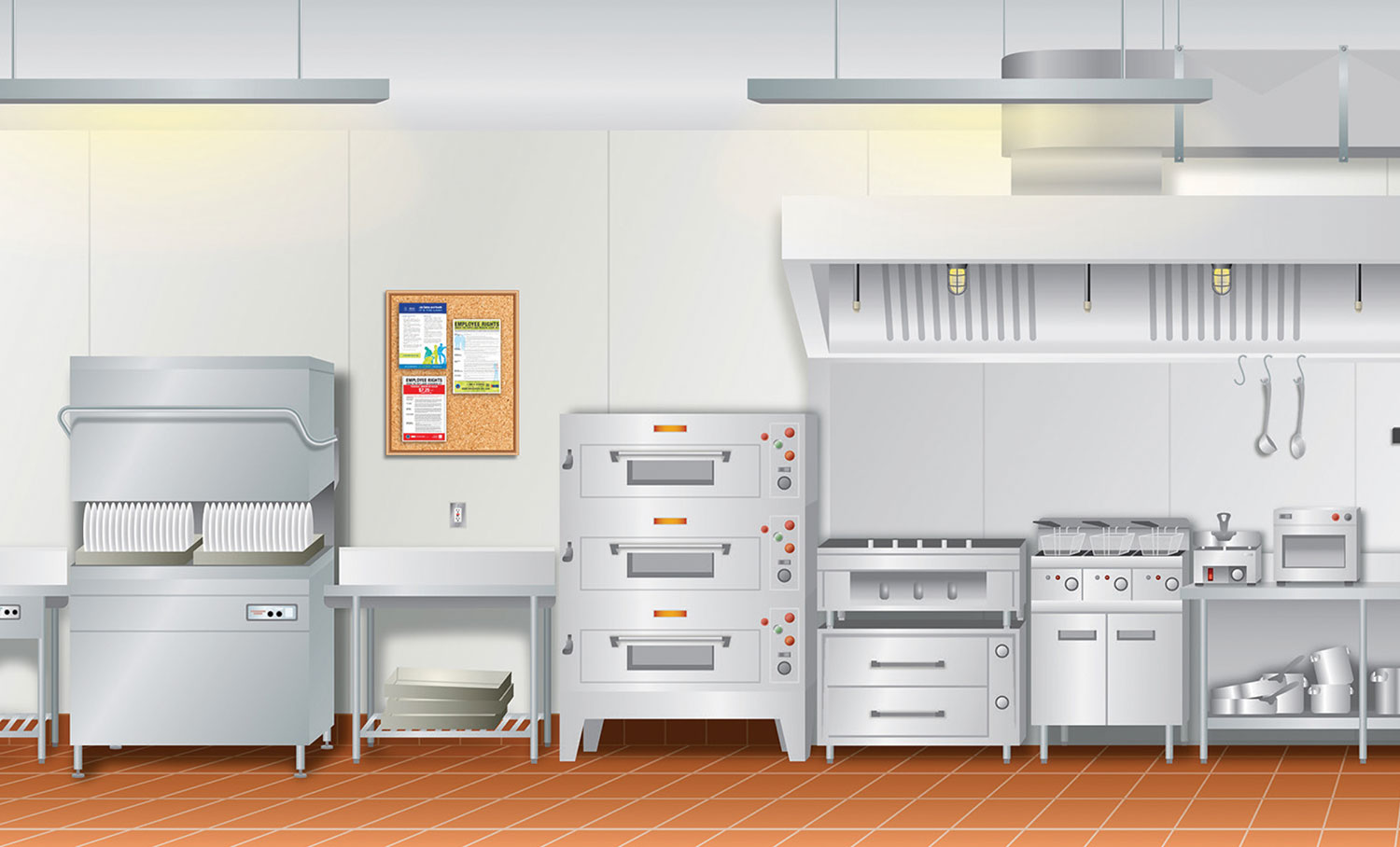
Credit: iaeimagazine.org
Introduction To Commercial Kitchen Hoods
Commercial kitchen hoods are crucial for maintaining a safe cooking environment. Proper ventilation removes smoke, steam, and odors. This helps keep the air fresh and clean.
Electrical systems play a vital role in the performance of kitchen hoods. They power fans and lights, ensuring efficiency. A well-designed electrical setup enhances safety and functionality.
Regular maintenance of electrical components is essential. This prevents potential hazards like short circuits or fires. Always consult a professional for any electrical issues.
Key Electrical Specifications For Kitchen Hoods
The voltage and amperage requirements for kitchen hoods are crucial. Most hoods operate on 120V or 240V systems. Amperage typically ranges from 15A to 30A. Always check the manufacturer’s specifications for exact needs.
For circuit breakers, use a dedicated circuit for kitchen hoods. This helps prevent overloads. A double-pole breaker is commonly recommended for 240V systems. Ensure that the breaker matches the amperage needs of the hood.
| Specification | Details |
|---|---|
| Voltage | 120V or 240V |
| Amperage | 15A to 30A |
| Circuit Type | Dedicated Circuit |
| Breaker Type | Double-Pole Breaker |
Safety Standards And Codes
Commercial kitchen hoods must meet strict safety standards. The National Fire Protection Association (NFPA) sets important rules. These rules help prevent fire hazards and ensure safe operations.
NFPA regulations focus on proper installation and maintenance. They require regular inspections to keep kitchens safe. Compliance with these regulations is crucial for fire safety.
Local building codes also play a vital role. Each area may have specific rules for kitchen hoods. Following these codes ensures legal compliance and safety.
Check local codes for details on ventilation, ductwork, and electrical systems. Always prioritize safety to protect staff and customers.
Proper Installation Practices
Correct wiring and electrical connections are vital for kitchen hood safety. Use the right gauge wire for your installation. Always follow the manufacturer’s guidelines for connections.
Check for loose connections to prevent electrical fires. Ensure that all wires are properly insulated. Use circuit breakers for overload protection.
| Common Errors | Consequences |
|---|---|
| Improper wire gauge | Risk of overheating |
| Loose connections | Electrical fires |
| Neglecting grounding | Shock hazards |
Verify that the power supply meets the hood’s requirements. Regularly inspect connections for wear and tear. Safe installations ensure a functioning kitchen and promote long-term use.
Selecting The Right Kitchen Hood
Selecting the right kitchen hood is crucial for any commercial kitchen. Different types of kitchen hoods exist, each with unique features. Understanding these types helps in making an informed choice.
Here are some common types of kitchen hoods:
- Canopy Hoods: These are the most common and hang over cooking areas.
- Wall-Mounted Hoods: Attached to the wall, they are great for space-saving.
- Island Hoods: Ideal for kitchens with a central cooking island.
- Under-Cabinet Hoods: These fit under cabinets, perfect for small kitchens.
Matching the hood size with electrical demands is essential for safety. Oversized hoods need more power. Ensure the electrical supply meets the hood’s specifications.

Credit: www.hooddepot.net
Maintenance And Inspections
Regular electrical check-ups are crucial for a safe commercial kitchen. Inspect all wiring and connections to prevent hazards. Look for loose wires or signs of damage. Ensure that the circuit breakers function properly. Check the grounding system for any issues.
Creating a professional inspection schedule helps maintain safety. Aim for inspections every six months. Hire a qualified electrician for detailed checks. They can identify hidden problems. Always keep a record of inspections for safety compliance.
Upgrading Your Kitchen Hood System
Upgrading your kitchen hood system requires a careful assessment of power needs. Each hood has specific electrical requirements. Ensure your electrical system can support the new upgrades.
Consider the following points:
- Voltage: Check the voltage level your new hood requires.
- Amperage: Know the amperage needed for safe operation.
- Wiring: Ensure existing wiring can handle the increased load.
- Circuit Breakers: Install appropriate circuit breakers for safety.
Navigating electrical upgrades can be complex. Consulting a licensed electrician is crucial for safe installation. They can help ensure compliance with local codes and regulations.
Troubleshooting Common Electrical Issues
Electrical problems in commercial kitchen hoods can cause serious issues. Common symptoms include flickering lights and strange noises. Burning smells or tripped breakers are also signs of trouble.
Identifying these symptoms early can prevent bigger problems. Always check for loose connections or damaged wires. Regular maintenance helps keep everything running smoothly.
Solving these issues often requires professional help. Technicians can safely assess and fix electrical problems. Keeping your hood in good condition is important for safety and efficiency.
Energy Efficiency And Sustainability
Energy-efficient kitchen hoods help reduce electricity costs. LED lights and variable speed fans are key features. These options save energy while providing great performance.
Using smart controls can further improve energy management. They adjust fan speeds based on cooking activity. This reduces waste and enhances comfort.
Sustainable practices in kitchen ventilation include regular maintenance. Clean filters and ducts help systems work better. This not only saves energy but also improves air quality.
Choosing eco-friendly materials for hoods contributes to sustainability. Look for options that are recyclable or made from renewable resources. These choices support a healthier environment.
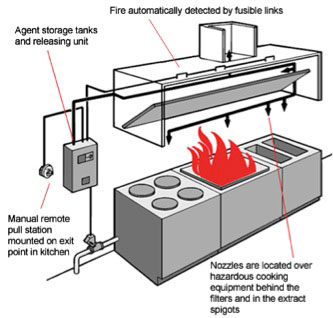
Credit: www.guardianfireprotection.com
Frequently Asked Questions
What Are The Electrical Requirements For Kitchen Hoods?
Commercial kitchen hoods typically require a dedicated circuit. This ensures they operate efficiently without overloading other appliances. Additionally, they often need specific amperage and voltage levels. It’s essential to consult local codes for compliance and safety.
How Do I Choose The Right Hood For My Kitchen?
Selecting the right kitchen hood involves considering size and type. Ensure it matches your cooking equipment and kitchen layout. Also, factor in the hood’s airflow capacity. This will affect overall kitchen ventilation and safety.
Do Kitchen Hoods Need Special Wiring?
Yes, kitchen hoods often require special wiring. This is necessary for safe and efficient operation. Using the correct wire gauge and circuit breaker is crucial. Always consult an electrician to ensure compliance with local electrical codes.
What Is The Importance Of Hood Exhaust Systems?
Hood exhaust systems remove smoke, heat, and odors. This improves air quality and enhances comfort in the kitchen. Proper ventilation also helps prevent grease buildup, reducing fire hazards. Overall, an effective system is vital for safety and efficiency.
Conclusion
Understanding commercial kitchen hood electrical requirements is crucial for safety and efficiency. Compliance with local codes ensures smooth operations and minimizes risks. Regular maintenance and inspections can prevent costly issues. Prioritize proper installation and use qualified electricians. These steps protect your investment and enhance the overall functionality of your kitchen.
